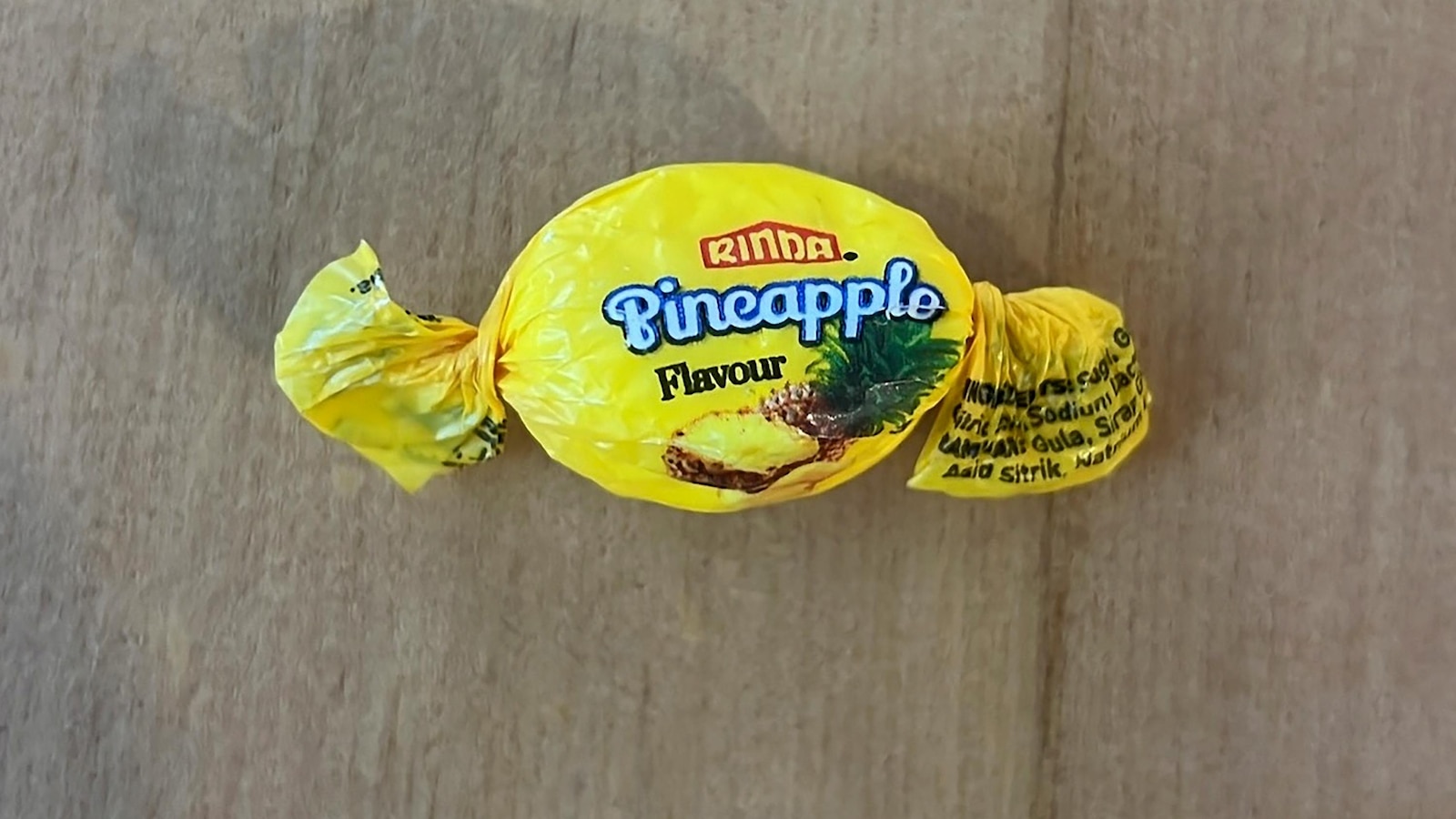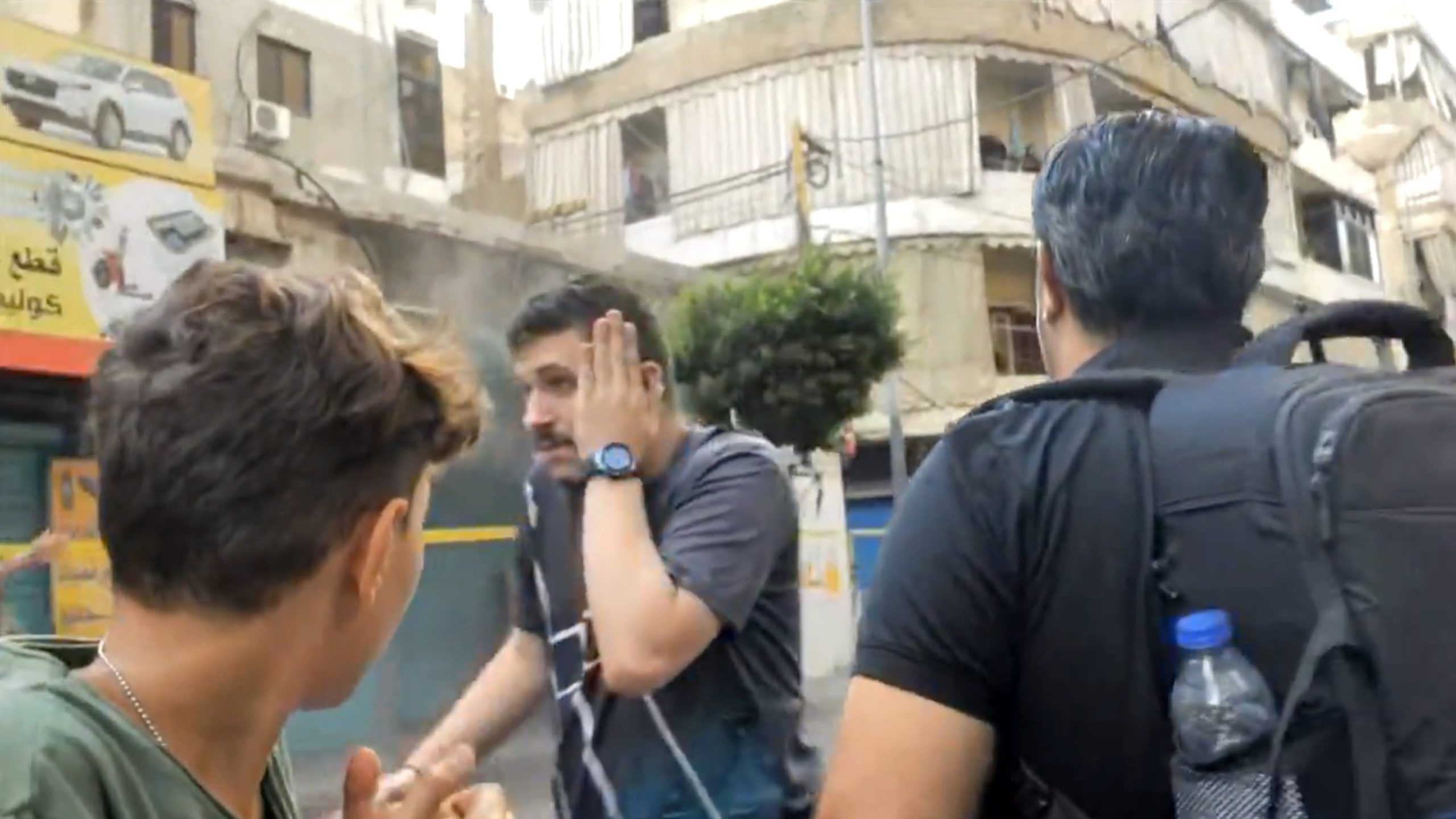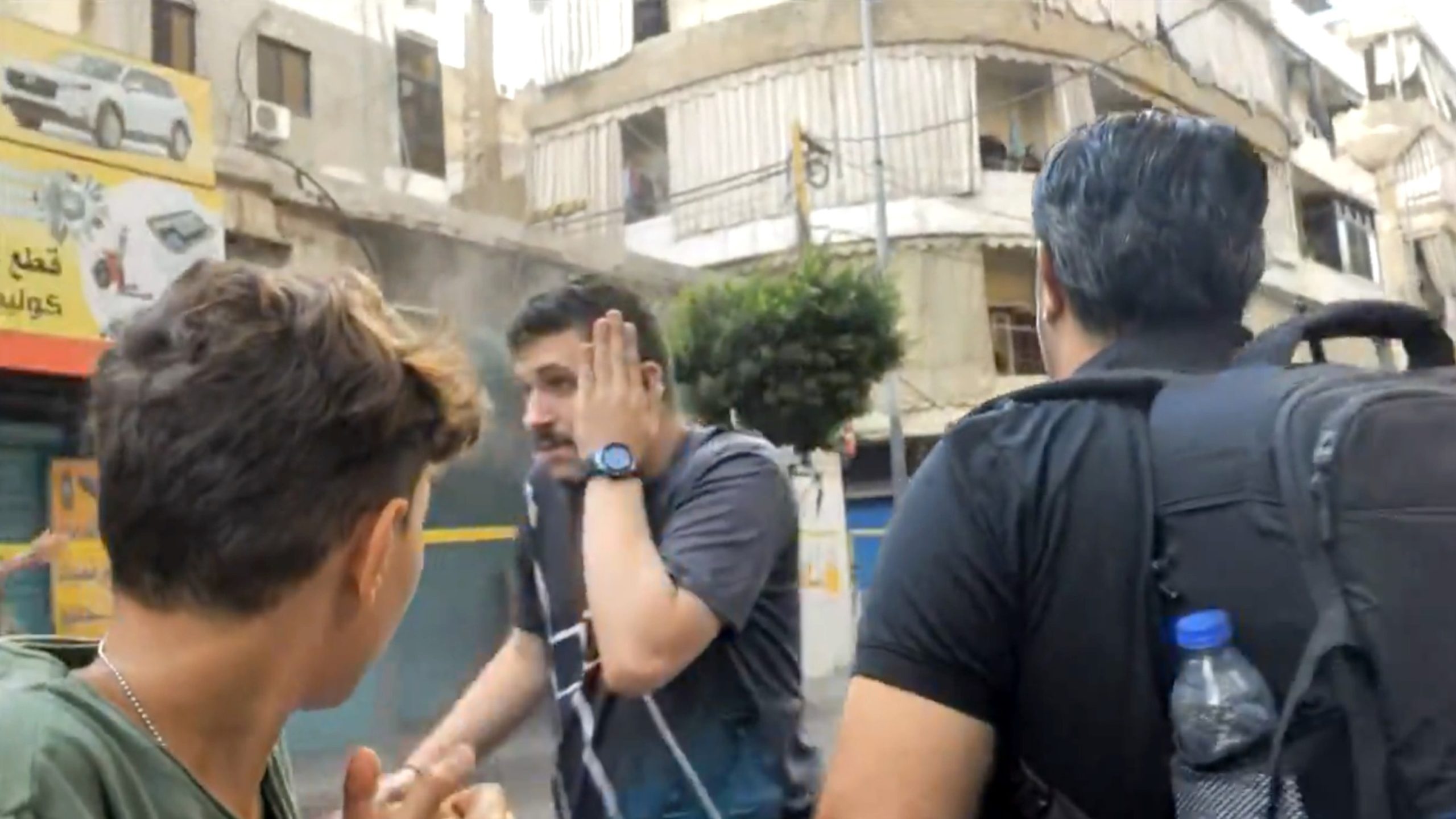
WELLINGTON, New Zealand — A charity working with homeless people in Auckland, New Zealand unknowingly distributed candies filled with a potentially lethal dose of methamphetamine in its food parcels after the sweets were donated by a member of the public.
Auckland City Mission on Wednesday said that staff had started to contact up to 400 people to track down parcels that could contain the sweets — which were solid blocks of methamphetamine enclosed in candy wrappers. Three people were treated in hospital after consuming them, New Zealand authorities said, but were later discharged.
The amount of methamphetamine in each candy was up to 300 times the level someone would usually take and could be lethal, according to the New Zealand Drug Foundation — a drug checking and policy organization, which first tested the candies.
Ben Birks Ang, a Foundation spokesperson, said disguising drugs as innocuous goods was a common cross-border smuggling technique and more of the candies might have been distributed throughout New Zealand.
The sweets had a high street value of NZ$ 1,000 ($608) per candy, which suggested the donation by an unknown member of the public was accidental rather than a deliberate attack, Birks Ang said.
The authorities’ “initial perceptions” were that the episode was likely an importation scheme gone awry, said Detective Inspector Glenn Baldwin, but the nature and scale of the operation was unknown. Officers have recovered 16 of the candies, but do not know how many are circulating, he said.
The City Missioner, Helen Robinson, said eight families, including at least one child, had reported consuming the contaminated candies since Tuesday. The “revolting” taste meant most had immediately spat them out.
The charity’s food bank only accepts donations of commercially produced food in sealed packaging, Robinson said. The pineapple candies, stamped with the label of Malaysian brand Rinda, “appeared as such when they were donated,” arriving in a retail-sized bag, she added.
Auckland City Mission was alerted Tuesday by a food bank client who reported “funny-tasting” candy. Staff tasted some of the remaining candies and immediately contacted the authorities. One staff member was taken to hospital after sampling the sweet, Baldwin said, adding that a child and a “young person” were also treated in hospital before being discharged.
The candies had been donated sometime in the past six weeks, Robinson said. It was not clear how many had been distributed in that time and how many were made of methamphetamine.
Rinda said in a written statement the company had learned through New Zealand news reports that its candies “may have been misused” and would cooperate with authorities.
“We want to make it clear that Rinda Food Industries does not use or condone the use of any illegal drugs in our products,” said General Manager Steven Teh.
Methamphetamine is a powerful, highly addictive stimulant that affects the central nervous system. It takes the form of a white, odorless, bitter-tasting crystalline powder that easily dissolves in water or alcohol.
Food banks are meant to provide essential food items to those in need, but a recent incident has raised serious concerns about the safety of the products being distributed. In a shocking turn of events, a food bank in a small town was found to have distributed candy containing dangerous levels of methamphetamine to its clients.
Methamphetamine, also known as meth, is a highly addictive stimulant drug that can have serious health consequences when consumed in large amounts. The candy in question was found to have been laced with this powerful drug, putting the unsuspecting recipients at risk of serious harm.
The discovery of the tainted candy has sparked outrage and disbelief in the community, as many people rely on food banks as a source of sustenance during difficult times. The fact that such a dangerous substance was distributed through a trusted organization like a food bank has shaken the community’s trust in the safety and integrity of these institutions.
Authorities are currently investigating how the methamphetamine-laced candy ended up in the food bank’s distribution center and are working to ensure that all tainted products are removed from circulation. In the meantime, residents are being urged to exercise caution and carefully inspect any food items received from the food bank before consuming them.
This incident serves as a stark reminder of the importance of proper oversight and quality control measures in food distribution programs. It also highlights the vulnerability of individuals who rely on food banks for their basic needs and the potential risks they face when consuming donated products.
As the investigation into this troubling incident continues, it is crucial for food banks and other charitable organizations to take steps to prevent similar occurrences in the future. This includes implementing stricter screening processes for donated goods, conducting regular inspections of food items, and providing education and training to staff and volunteers on food safety protocols.
In the meantime, it is essential for individuals who receive assistance from food banks to remain vigilant and report any suspicious or potentially harmful products they may come across. By working together to ensure the safety and well-being of those in need, we can prevent incidents like this from happening again and uphold the integrity of our community support systems.


